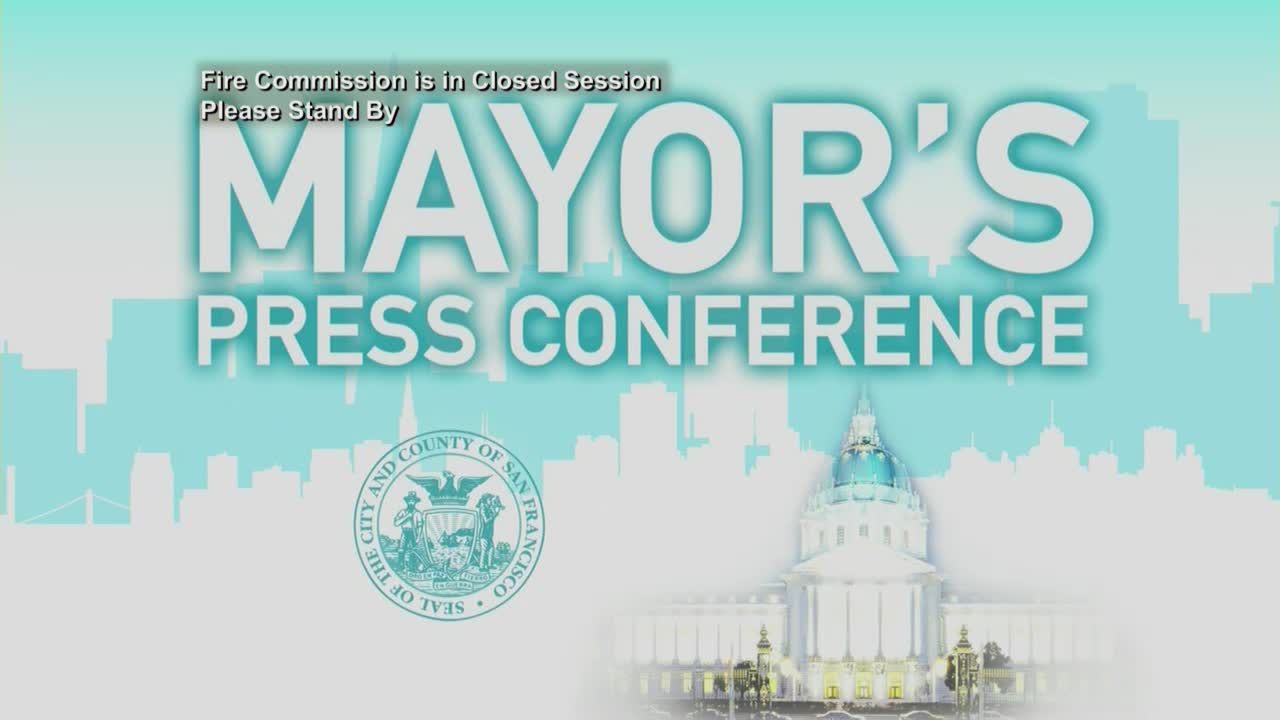Governor Newsom unveils California's 911 modernization plan for next-generation emergency response
July 04, 2025 | San Francisco City, San Francisco County, California
This article was created by AI summarizing key points discussed. AI makes mistakes, so for full details and context, please refer to the video of the full meeting. Please report any errors so we can fix them. Report an error »

In a significant step towards modernizing emergency response systems, San Francisco officials gathered to discuss the implementation of Next Generation 911 technology. The meeting, led by the Executive Director of the Department of Emergency Management, Mary Ellen Carroll, highlighted the urgent need to upgrade the city’s outdated 911 infrastructure, which has lagged behind advancements in personal technology.
Carroll emphasized that the current 911 system, established in 1973, relies on analog technology that is ill-equipped to handle the demands of modern communication, where 80% of calls are made via smartphones. The new funding, supported by Mayor London Breed and Governor Gavin Newsom, aims to transition the system to a digital platform that will enhance call efficiency and ultimately save lives.
Governor Newsom noted that the modernization effort is not just about technology but also about ensuring public safety in a state prone to natural disasters, such as earthquakes and wildfires. He pointed out that the new system will allow for better call routing and resource allocation during emergencies, addressing the challenges posed by surges in call volume.
The funding for this initiative will come from a new fee structure, which has raised some concerns among residents. However, officials reassured the public that the fee remains among the lowest in the nation, aimed at generating approximately $105 million annually to support the upgrades.
In addition to the 911 system improvements, the meeting also touched on broader emergency preparedness initiatives, including investments in new firefighting technologies and infrastructure projects designed to enhance resilience against disasters. Mayor Breed highlighted the importance of ensuring that public safety officials operate from seismically safe facilities, reinforcing the city’s commitment to protecting both its responders and residents.
As the city prepares to implement these changes, the discussions underscored a collective commitment to enhancing emergency response capabilities, ensuring that San Francisco is better equipped to handle future crises. The anticipated rollout of the new technology is set to begin later this year, marking a pivotal moment in the city’s emergency management efforts.
Carroll emphasized that the current 911 system, established in 1973, relies on analog technology that is ill-equipped to handle the demands of modern communication, where 80% of calls are made via smartphones. The new funding, supported by Mayor London Breed and Governor Gavin Newsom, aims to transition the system to a digital platform that will enhance call efficiency and ultimately save lives.
Governor Newsom noted that the modernization effort is not just about technology but also about ensuring public safety in a state prone to natural disasters, such as earthquakes and wildfires. He pointed out that the new system will allow for better call routing and resource allocation during emergencies, addressing the challenges posed by surges in call volume.
The funding for this initiative will come from a new fee structure, which has raised some concerns among residents. However, officials reassured the public that the fee remains among the lowest in the nation, aimed at generating approximately $105 million annually to support the upgrades.
In addition to the 911 system improvements, the meeting also touched on broader emergency preparedness initiatives, including investments in new firefighting technologies and infrastructure projects designed to enhance resilience against disasters. Mayor Breed highlighted the importance of ensuring that public safety officials operate from seismically safe facilities, reinforcing the city’s commitment to protecting both its responders and residents.
As the city prepares to implement these changes, the discussions underscored a collective commitment to enhancing emergency response capabilities, ensuring that San Francisco is better equipped to handle future crises. The anticipated rollout of the new technology is set to begin later this year, marking a pivotal moment in the city’s emergency management efforts.
View full meeting
This article is based on a recent meeting—watch the full video and explore the complete transcript for deeper insights into the discussion.
View full meeting
